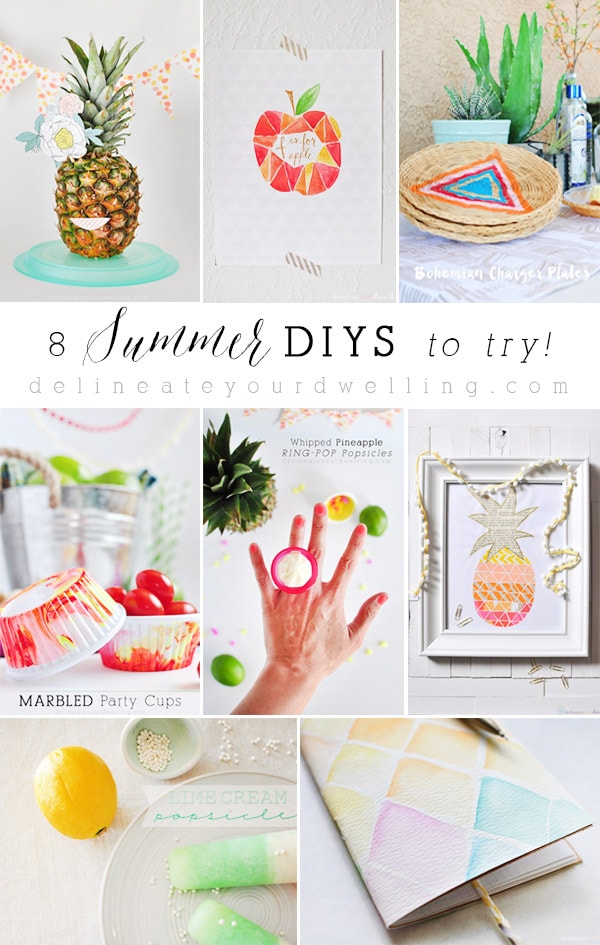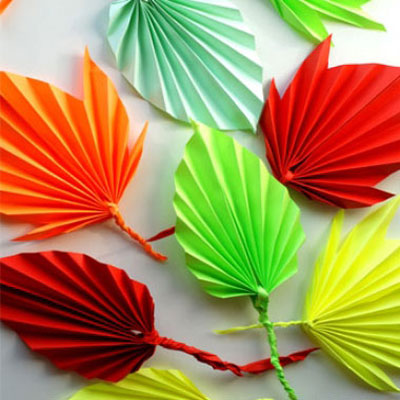
There are many easy crafts that you can do with your kids to celebrate St. Patrick's Day. You can do these at home or in the classroom, and the kids will love the green and gold designs. Here are some ideas to get you started. Also, this is a great time to make a green headband! This is a simple, no-sew craft and is great for preschoolers.
Easy St. Patrick's Day crafts
For easy kid crafts for St. Patrick's Day, make rainbow paper suns. Any style can be used, and you can add googly eyelashes. Hang them from the ceiling or drapes to celebrate the holiday. Children love to mold things and will have lots of fun creating them. These can be painted and stuck to the ceiling or walls by children. Before the kids start this project, be sure they have eaten the chocolate gold coins.

You can make your own leprechaun masks using supplies from the craft store and some glitter. Mod Podge or sponges are all you need to decorate the masks. On a green pepper, you can paint the face of a Leprechaun. A leprechaun mask can be made from a glitter can cozy. You can also make a leprechaun puppet with cardstock.
Preschoolers can make easy St. Patrick's Day crafts
There are many St. Patrick's Day crafts that preschoolers can make, some of which are simple to personalize with their child's face. You can also make paper puppets with your child's help! Paper origami is another quick craft. This fun craft involves using just a few materials and is perfect for preschoolers and toddlers. Paper Shamrock pots are another fun craft for preschoolers.
Rainbow craft is another fun craft you can make during St. Patty's Day. This craft uses rainbow-colored papers. Tissue paper will be a favorite for children young and old. The colors are beautiful and it sounds lovely, which makes it an ideal craft for little hands. This craft is great for fine motor skills, and it introduces children to the concept of colour order. The rainbow is a great way to get your preschooler thinking about the color green and learn about the rainbow.
Simple St. Patrick's Day crafts
You can make many easy crafts for children to celebrate St. Patrick's Day. These crafts can also be used in the classroom. These crafts can be used by children to make a leprechaun puppet, a 4-leaf clover pin or a shadow box with shamrocks. A shamrock mug is a great way for your house to be decorated for the holiday. For those who want to celebrate the holiday in a classroom setting, decorations like shamrock Mason-jars can be made.

Little ones can make their own felt crafts with felt. You can make leprechaun-themed masks by using the tape and green color. You can also make leprechaun pictures with paper straws. You can also make a St. Patrick's Day DIY cap. For this craft, you can use a cup of paper and some construction paper. It can be decorated with glitter by a child. This craft is ideal for toddlers. Shamrocks are another fun activity for kids to do this St. Patty's Day.
FAQ
What are observation hobbies?
Observation hobbies are activities where you observe people doing what they do. It could be reading, watching sports or going on holiday. It could also involve observing others.
Because they teach you how to think creatively, observation hobbies are great. This knowledge can be used later to help you with projects that you are working on for others or yourself.
You'll find that if you're interested in something, then you'll have an easier time learning about it.
For instance, if football is something you are interested to know about, you can watch the game or read a book. Visit or take photographs to learn more about the art of photography.
If you enjoy playing music, you could play along to songs online or buy a guitar.
You could also choose to cook at home or go to restaurants if you are a good cook.
If you love gardening, you might grow vegetables or flowers.
You can take a dance class, or just go out with your friends if dancing interests you.
If you enjoy painting, you might paint pictures.
Write poetry and stories if that is what you love to do.
If you like drawing, you could draw pictures.
If you are passionate about animals, you can look after them or work at the zoo.
If you like science, you could study biology, chemistry, physics or maths.
If history is your passion, you can either read books or watch films. Or you could listen to podcasts.
You could explore the world or travel to places you love if you are a lover of traveling.
How can I find a hobby?
You may feel overwhelmed when you start your quest to find a hobby.
You're probably thinking, "I'm not very artistic," or "I'm terrible at sports," or maybe even "I don't know anything."
However, it is likely that you already have a lot to draw on when searching for a hobby.
It's just not something you're aware of.
Take a good look at what you have in your house. What amount of stuff do you have?
Do you have any old toys lying around?
Perhaps you have a collection.
Perhaps cooking has been something you've wanted to do all your life.
Perhaps you just want to pick up the guitar again.
Whatever it is you're interested in, you can make it a hobby.
The key is to realize that you already have plenty of experiences to draw upon.
Once you have done that, you will be able choose a hobby that suits your lifestyle.
How can I get started in my new hobby?
It is important to choose the type of hobby you want to start.
Passion is essential once you have selected your subject.
Understanding why you are interested in a hobby is important. This will help you to find your purpose and direction.
Once you have determined what hobby you wish to pursue, you can plan your next steps.
Think about what equipment you'll need to purchase.
You might need to consider whether you should attend classes or seminars.
You must ensure you have enough room for your hobby.
You might also consider joining a club. These groups usually offer support and advice.
Think about how much you'd need to spend on your hobby.
Statistics
- Almost 80% of people claim to have no hobby. (hobbylark.com)
- 37% Video Games 36% Travel 36% Health and Fitness (quizexpo.com)
- Studies show that just six minutes of reading can reduce stress levels by 60 percent. (oberlo.com)
- I am 100% biologically a woman (discover.hubpages.com)
- The intensity of the dialogue partners' bond at the end of the forty-five-minute vulnerability interaction was rated as closer than the closest relationship in the lives of 30 percent of similar students. (time.com)
External Links
How To
How to begin gardening
Gardening is one form of agriculture that dates back to the beginning. It requires patience, persistence, and determination. The first step in starting your own garden is choosing a location where you want to grow food. This could be a large plot of land or even just a small area in your backyard. Next, decide what type of plants you want to grow. Do you prefer vegetables, or flowers? Some people love to grow herbs, while others enjoy raising animals like rabbits. You should consider how much space you have available before deciding what types of crops you plan to plant. If you live in a climate that experiences cold winters, then you might decide to grow fruits or berries as they do well in colder climates.
Once you have chosen what you will be planting, you must take some time to prepare your soil. Soil is essential in determining whether your plants will thrive or fail. Organic matter is essential for the health and well-being of your plants. Organic matter is made up of leaves, twigs grass clippings, manure and compost. After you have prepared your soil you must add nutrients. You might need different amounts, depending on the species of plants that you want to grow. To determine these values, you can use a fertilizer calculator online. There are many fertilizers on the market, so ensure you understand what you are buying.
After preparing your soil and adding the proper nutrients, you now need to wait until your seeds germinate. This can take anywhere from two weeks to three months depending on where you live and how warm it is. Once the seeds have sprouted you will need to water them often. Watering your plants too little or too often can cause problems. Ensure you give your plants enough water at regular intervals and avoid overwatering. Overwatering can cause root rot or fungal diseases. It is important to remember that plants will need less water in summer than in winter when watering them. Also, remember that certain plants need to dry out after watered. For tomatoes, it is important to keep them moist but dry. Soggy soil is not a good choice for tomatoes. After the plants have finished flowering they must go dormant. Plants go dormant when they stop producing new growth and instead store energy for next year's harvest. The plant ceases sending signals to its roots to produce food during dormancy. Throughout this time, plants can store energy. However, the plant will die if temperatures drop below freezing or there is insufficient sunlight.
You may be limited in what plants you can grow if you live in an urban area. Concrete sidewalks, roads and buildings are common in urban areas. They block sunlight from reaching the ground. Concrete absorbs light and prevents soil below from getting sufficient sun exposure. Because of this lack of sunlight, many plants cannot survive in cities. There are many plants that can survive in urban environments. Many perennials, trees, and shrubs are able to adapt to urban living. Many annuals can be grown indoors, too, in containers. You can grow fresh greenery year-round in containers.
You are now ready to plant your garden!